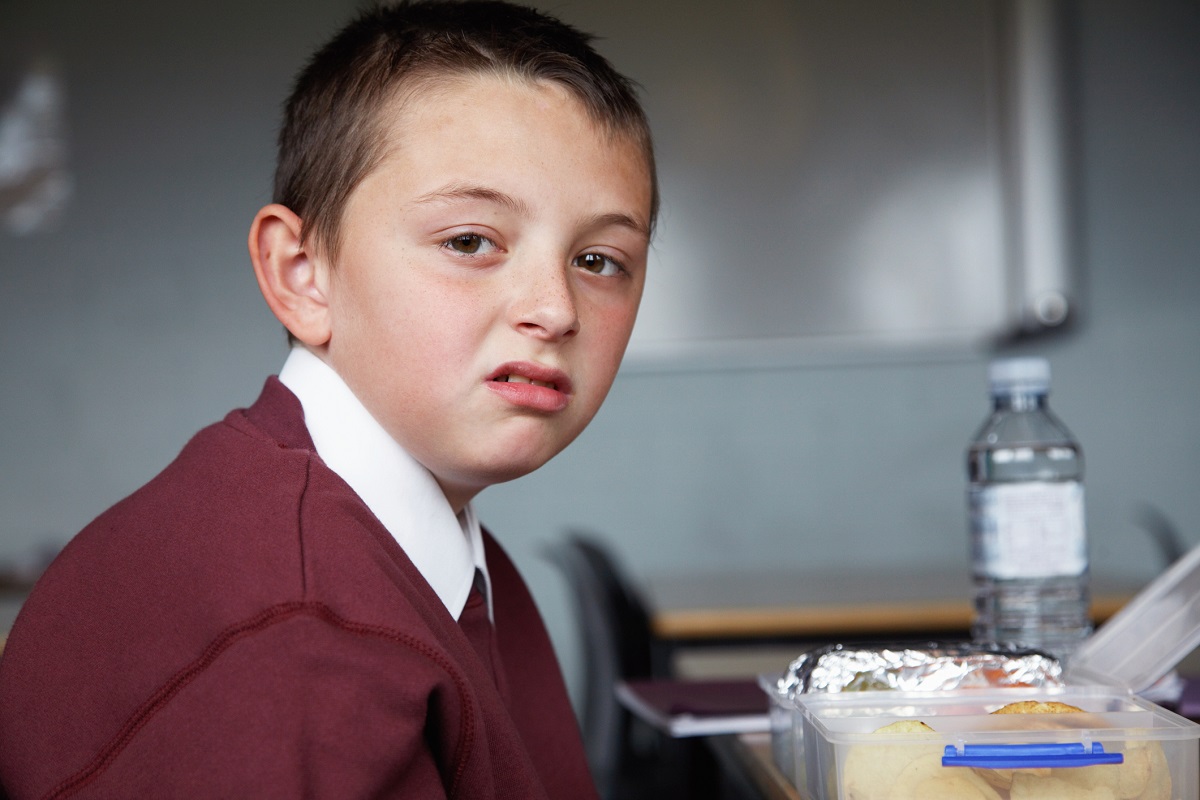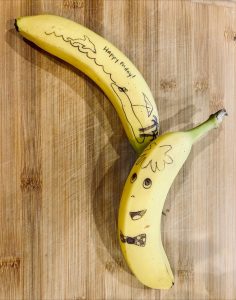
With the school year officially underway, it’s time to focus on one of the most confusing dilemmas parents face on a daily basis: what to pack for my child’s lunch.
September 5, 2024
Finally, the peanut butter sandwich train is coming to a halt, at least for a day or two. The “Can I buy it?” trend is starting to take hold, but who has the money—and perhaps enough trust in the school cafeteria—to make it a daily practice?
A few more weeks of uncertainty and dismay could lead to capitulation, and perhaps a steady diet of prepackaged meat, cheese and crackers.
Dr. Kate Sanchez sympathizes and empathizes with this situation. Kate Sanchez is the assistant director of pediatrics at Penn State Health Pediatrics. She is also a mother of three, including two elementary school-aged children.
So what does a pediatrician take for his own children?
“I have to say I’m not one of those Instagram moms who makes the perfect Bento box, the perfectly balanced meal,” Sanchez said with a laugh.
Breakfast is essential
First, Sanchez believes that good nutrition starts with a quality breakfast. She adheres to the age-old theory that breakfast is the most important meal of the day and ultimately prefers that her patients sit down to a solid meal before heading off to school.
She also knows that busy lives can get in the way. That’s why Sanchez suggests students eat at least one kind of reasonable snack early in the morning if they’re on the go, whether it’s a drinkable yogurt, protein shake or granola bar.
Skipping breakfast makes a quality, balanced lunch even more essential for students, Sanchez said. That’s why she packs her kids a protein, a complex carbohydrate, a fruit and a vegetable for lunch each day.
Banana Man Saves the Day
Her 6-year-old son can’t get enough of peanut butter sandwiches on whole-wheat bread. But knowing that’s not the norm, she thinks people who make takeout should be willing to mix it up for variety and flavor.
“If they prefer an almond butter and jelly sandwich, that’s a good choice. A turkey sandwich would definitely be perfect,” she said. “If they prefer an almond butter and jelly sandwich, that’s a good choice.”

Dr. Kate Sanchez draws pictures on her child’s snack to make a healthy treat more interesting.
“If I don’t like meat or peanut butter, I try to do things like something with cheese or a bean-based protein.”
Sanchez said she’s lucky that her two children eat raw carrots and broccoli, which are now staples in their lunch bags. She does get a little creative, though, by sending fruit to school. She often uses a ballpoint pen to draw pictures or write words on bananas, whether it’s a simple “Have a nice day,” a sketch of Mike from “Monsters, Inc.” or an illustration of “Banana Man,” complete with hair, face and a tie.
“My kids love it when I draw messages on their banana peels,” she said. “It’s their favorite thing to do and it helps them get into eating a banana.”
Give in to pizza, hamburgers and the like
Sanchez’s oldest son is now drawn to prepackaged lunches of meat, cheese and crackers, so she created her own version.
“I try to make it myself,” she said. “I send him pita breads and a sauce I make myself with a little extra cheese, and then he makes his own mini pizzas at school.”
While homemade meals are now a good idea for her children, Sanchez acknowledges that sometimes kids want something Mom or Dad didn’t make. They sometimes buy lunch at school to treat themselves, usually on pizza or hamburger day. But even then, she says her kids’ cafeteria has a salad bar every day so they can get their veggies, too.
Overall, Sanchez believes schools have done a much better job of providing balanced lunches these days, easing parents’ concerns about what their kids shop for.
“School lunches are becoming more standardized. They’re still supposed to have fruits, vegetables, dairy and protein as the first ingredients,” she said. “They’re also trying to incorporate more whole-grain products into their diet.”
As students get older, more and more unhealthy meal options are available in and out of school, a fact Sanchez is well aware of.
“I fondly remember my high school years and those donuts with vanilla frosting and sprinkles,” she says with a laugh. “I feel like I ate one every day for lunch.”
Another key: moderation
Sanchez now preaches moderation to her children and her patients. There’s nothing wrong with eating something sweet for breakfast. She usually includes fruit or a bite of chocolate in her children’s lunch. But she also has to explain why it’s not okay to overindulge.
“I encourage my adolescent patients to avoid overly sugary foods that spike their blood sugar levels at lunchtime and then crash for the rest of the afternoon,” she says. “We try to find solutions that might be a better option than eating that doughnut or bag of chips.”
The most important piece of advice she would give to parents preparing school lunches, regardless of the age of the students, would be to work with their children. Explain to them the rationale for balanced meals, and then prepare the meals together. If students are involved in the process, they won’t be surprised or annoyed by the choices, because they are the ones creating the menu.
“They can be involved in choosing the ingredients,” she said. “If they say, ‘Today I want carrots, I don’t want broccoli,’ they’re more likely to eat them once they get to school.”
Related content:
The Medical Minute is a weekly health newsletter produced by Penn State Health. Articles feature the expertise of faculty, physicians and staff and are designed to provide current, relevant health information of interest to a broad audience.
If you have difficulty accessing this content or would like it in another format, please email Penn State Health Marketing & Communications.
#Medical #Minute #Healthy #school #meals